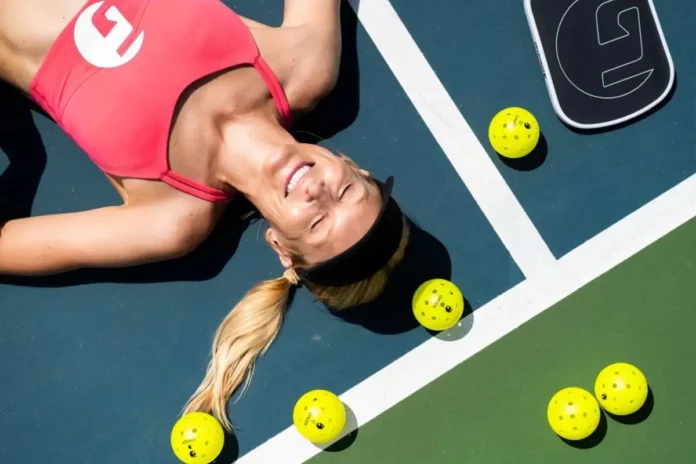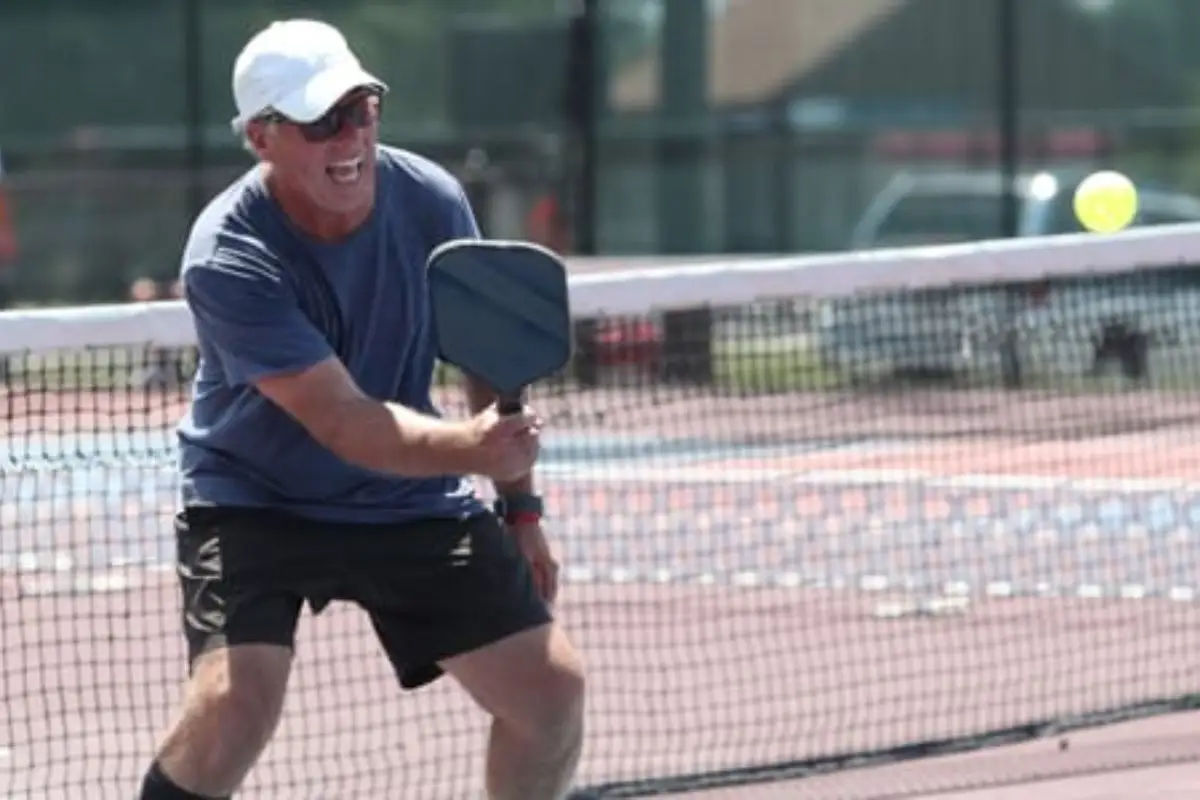Secrets to Mental Strength in Pickleball: A single mistake can unravel an entire match. One bad shot can lead to another, confidence diminishes, and before long, a match may be lost. This scenario is a common experience among pickleball players. While many focus primarily on pickleball technique and pickleball strategy, it is mental strength that often decides the outcome of a tight contest. Fortunately, mental strength is a skill that can be developed with proper training and the right mindset.
1. Mastering Emotional Control
The sight of a player succumbing to frustration after a series of bad points is familiar. As the emotional spiral accelerates, the player’s performance suffers. In many cases, a meltdown can be avoided with better emotional regulation.
Self-regulation begins with awareness. Many players lose control because they fail to recognize their mental state early enough. Through mindfulness, attention can be trained to increase awareness of negative thoughts and emotions, which makes it easier to shift focus before they spiral out of control.
Key Techniques to Stay in Control
Once awareness of the mental state is established, several tools can be used to maintain control:
- Breathwork
Extended exhale breathing calms the nervous system during stressful moments.
Box breathing (4-4-4-4) enhances focus between points.
These techniques should be practiced during pickleball drills until they become automatic.
- Release-Reset-Refocus Method
Release: A physical gesture—clapping hands, tapping the paddle, or repeating a chosen phrase—can help release negative emotions.
Reset: Grounding techniques, such as taking a deep breath, counting to five, or performing a body scan, help reset focus.
Refocus: Attention must be directed toward the present moment. This includes observing the opponent’s position, focusing on the serve routine, or returning to the game plan.
By mastering these techniques, emotional control over the match can be maintained, preventing opponents from rattling composure.
2. Decision-Making Under Pressure
When under pressure, players often freeze. Their minds may go blank, leading them to attempt low-percentage shots. The key to succeeding in intense moments lies in a structured decision-making process.
A Structured Approach to Decision-Making
The CLEAR framework provides a methodical approach to making optimal decisions:
- Court Position: The location on the court—whether at the kitchen line, mid-court, or backcourt—determines available options.
- Look: Assess the tactical situation. Where is the opponent positioned? How are they moving? What vulnerabilities exist?
- Evaluate: Determine the highest percentage play, weighing available shots, risk versus reward, and the context of the score.
- Act: Commit to the decision without hesitation. Trust the preparation and follow through completely.
- Reset: Return to the one-point mentality. Use Release-Reset-Refocus techniques to stay focused on the next point.
By following the CLEAR framework, pickleball players can make confident, informed decisions under pressure.
3. Bouncing Back from Setbacks
Setbacks are inevitable in competitive play, but how players handle these challenges often determines their future success. While some may ignore their failures or let them diminish their confidence, others use setbacks as learning opportunities.
Learning from Setbacks
The ADAPT framework helps transform setbacks into avenues for growth:
- Acknowledge: Face setbacks without judgment. Acknowledge the emotional response, accept the reality, and create space for learning.
- Distill: Identify key lessons by analyzing what happened, recognizing patterns, and extracting actionable insights.
- Adjust: Modify the approach by developing tactical solutions, refining the mental game, and creating specific practice plans.
- Practice: Implement changes systematically, focusing on deliberate practice with increasing challenge levels.
- Test: Apply adjustments in competitive situations, gather performance data, and continue refining the approach.
By cycling through the ADAPT framework in pickleball, players can turn frustration into focused improvement, building skill and mental toughness.
Moving Forward: A Blueprint for Success
Mental strength is the cornerstone of success in pickleball. It is about continuous growth, not just bouncing back from setbacks. Players should begin with mastering self-regulation, build their decision-making through CLEAR, and use ADAPT to convert challenges into improvements. Consistent practice of these strategies daily leads to significant improvements both mentally and physically.
Training the mental game requires dedication equal to that of refining technical skills. The rewards are immense—pickleball players will remain calm under pressure, make better decisions at crucial moments, and bounce back stronger from setbacks.
News in Brief: Secrets to Mental Strength in Pickleball
Mental strength plays a crucial role in success on the pickleball court. Through self-regulation, decision-making frameworks like CLEAR, and the ADAPT method for overcoming setbacks, players can elevate their game.
Breathwork, the Release-Reset-Refocus method, and structured decision-making lead to improved focus and performance. By learning from mistakes and applying these mental tools, players can achieve lasting success on the court.
ALSO READ: Pickleball Nerves No More: Mental Tips for Staying Calm Under Pressure


